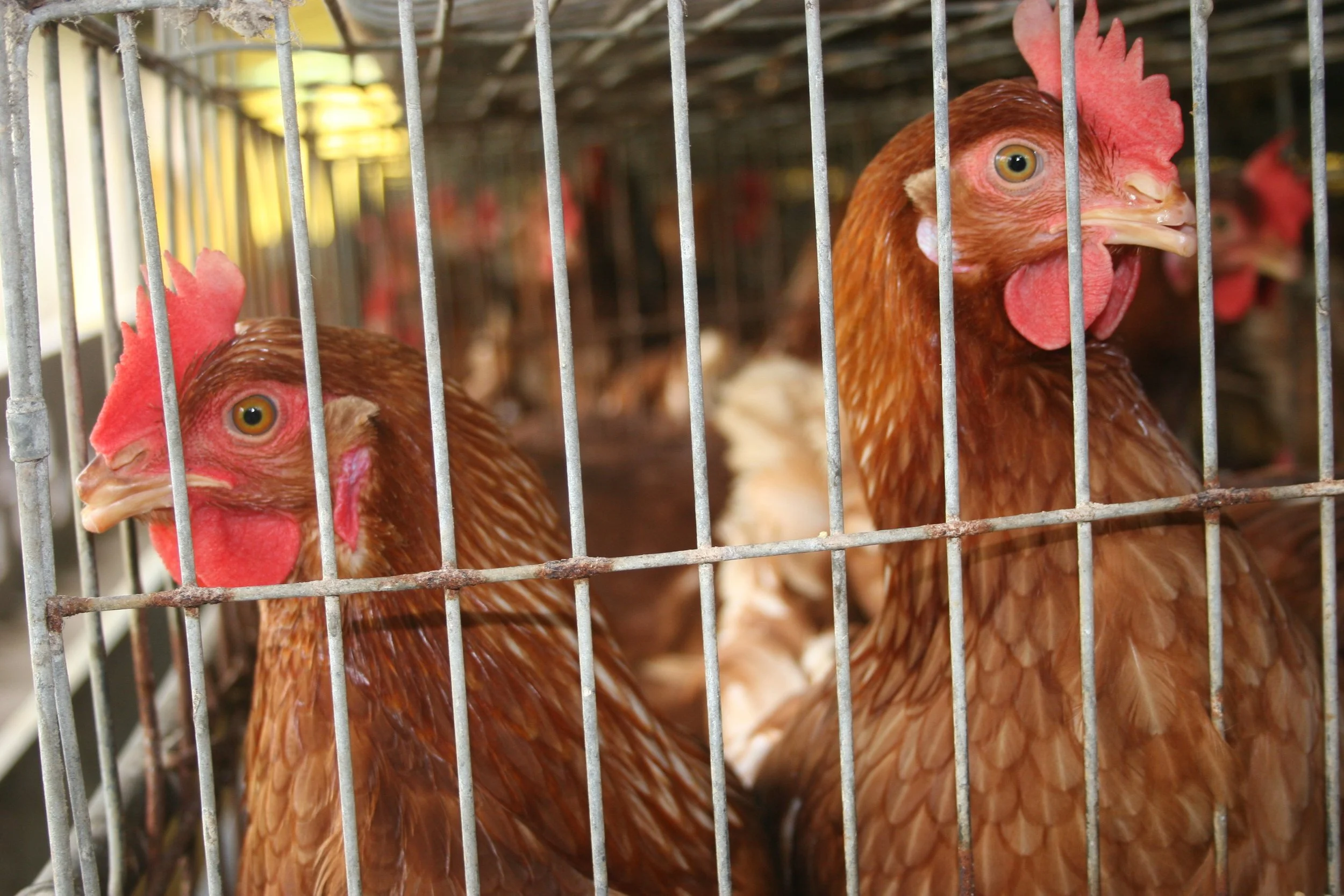Guest Article provided by Penny Martin
Photo by Freepik
Sustainability is more than just a buzzword—it’s a call to action that begins with individual responsibility and extends to collective impact. By making conscious choices and inspiring those around you, you can become a catalyst for positive environmental change. Your efforts don’t need to be grandiose; even small, consistent actions can ripple through your community and beyond. Here are several impactful ways you can champion eco-friendly practices and sustainability where you live.
Support Local and Sustainable Businesses
One of the easiest ways to promote sustainability is to support businesses that prioritize eco-friendly practices. Farmers’ markets are frequently full of locally grown produce which is of course planet friendly since transporting goods over long distances contributes to emissions. Also, you can seek out shops that offer ethically sourced products or use recycled materials. When you choose these businesses over large corporations with questionable environmental practices, you’re voting with your wallet for a greener economy.
Host and/or Participate in Community Clean-Ups
Organizing or joining a community clean-up can spark significant change in your area. Public spaces like parks, beaches, and streets are often filled with litter, which harm local ecosystems. By gathering volunteers to remove trash, you can help restore these spaces while raising awareness about the consequences of pollution. Community clean-ups are also a great opportunity to connect with like-minded individuals and spark conversations about waste management and sustainability practices.
Encourage Green Infrastructure Projects
Advocating for green infrastructure in your community is another powerful way to promote sustainability. Support the planting of trees, the creation of rain gardens, and the installation of green roofs to combat urban heat islands and improve air quality. These projects beautify neighborhoods, reduce stormwater runoff, and provide habitats for wildlife. You can collaborate with local government or nonprofits to pitch ideas, gather signatures, or even secure funding for eco-friendly infrastructure initiatives.
Leverage Social Media to Share Videos
Creating short, impactful educational videos is an excellent way to share eco-friendly tips on social media and inspire others to adopt sustainable practices. These videos can highlight simple actions, like composting kitchen scraps or switching to reusable bags, in a way that feels approachable and actionable. To streamline the process, use a free video editor to help create videos, allowing you to add audio, adjust video speed, animate elements, and refine your content for maximum engagement.
Reduce and Share Resources
A culture of sharing can minimize waste. For example, establishing a tool library or swap events in your neighborhood can help people access items they need without purchasing new ones. Encouraging carpooling groups or bike-sharing initiatives can cut down on vehicle emissions. Sharing resources not only conserves materials but also strengthens community bonds, making it easier to work together on other sustainability goals.
Educate and Empower Others
Education is a cornerstone of any long-lasting change. Organize workshops or host informational events about topics like composting, recycling, or renewable energy. Partner with schools to introduce sustainability concepts to younger generations through interactive activities. By providing practical knowledge and tips, you empower others to make eco-friendly choices in their daily lives.
Foster Community Gardens and Urban Agriculture
Establishing a community garden is a hands-on way to promote sustainable living. These spaces provide access to fresh, organic produce and teach participants about the benefits of growing food locally. A community garden can serve as a hub for discussions about food security and reducing the carbon footprint of store-bought produce. By involving neighbors in the planning and upkeep, you create a shared responsibility for sustainable practices.
Sustainability doesn’t require perfection, just persistent effort and a willingness to inspire others. By championing eco-friendly practices in your community, you can build a movement rooted in collaboration, education, and shared values. The changes may start small, but together, they lead to a healthier planet for everyone.
Discover the fascinating world of wildlife conservation with Dr. Sharon Deem and explore her groundbreaking work in planetary health and One Health initiatives. Dive into her adventures and insights today!





